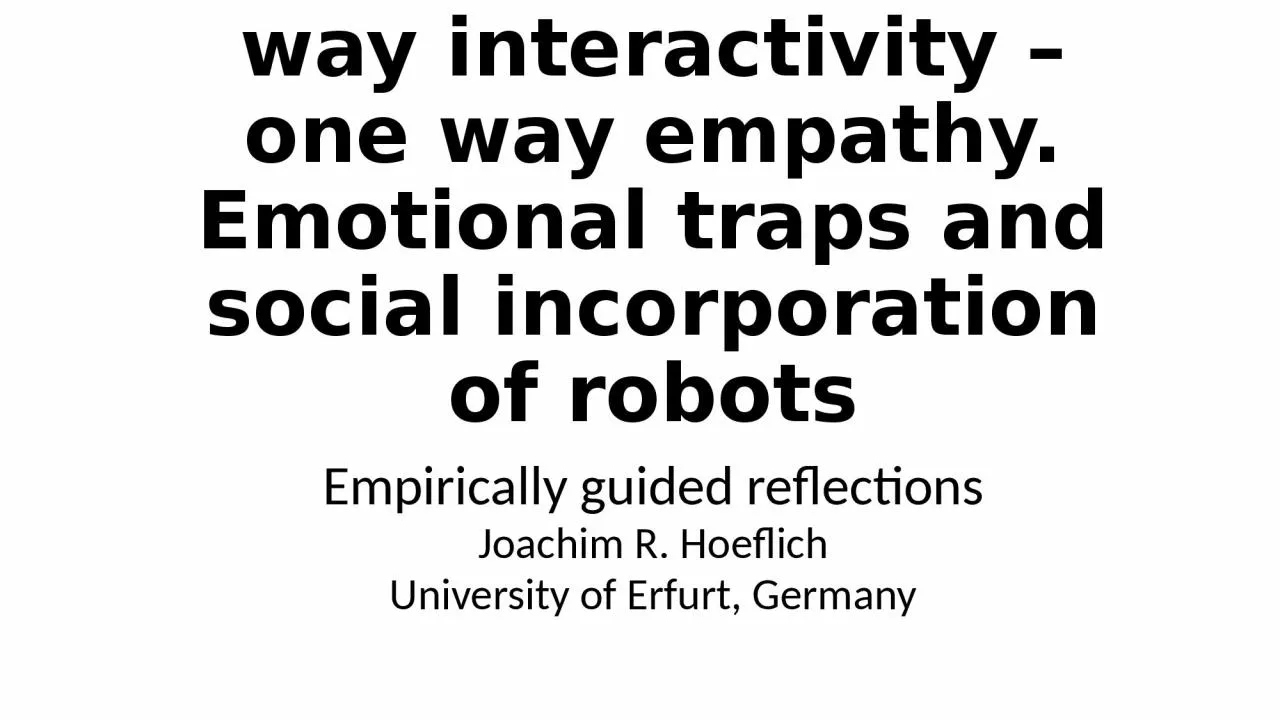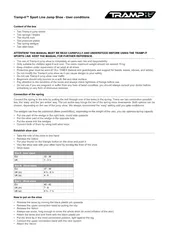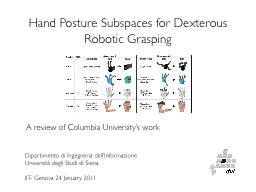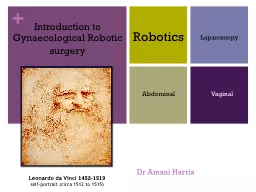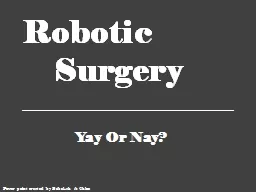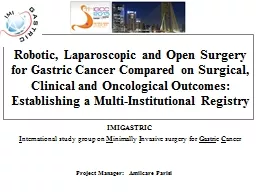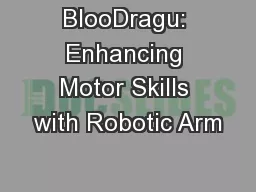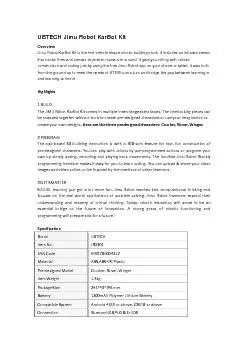PPT-Robotic Others : Two
Author : Shadowlord | Published Date : 2022-07-28
way interactivity one way empathy Emotional traps and social incorporation of robots Empirically guided reflections Joachim R Hoeflich University
Presentation Embed Code
Download Presentation
Download Presentation The PPT/PDF document "Robotic Others : Two" is the property of its rightful owner. Permission is granted to download and print the materials on this website for personal, non-commercial use only, and to display it on your personal computer provided you do not modify the materials and that you retain all copyright notices contained in the materials. By downloading content from our website, you accept the terms of this agreement.
Robotic Others : Two: Transcript
Download Rules Of Document
"Robotic Others : Two"The content belongs to its owner. You may download and print it for personal use, without modification, and keep all copyright notices. By downloading, you agree to these terms.
Related Documents

